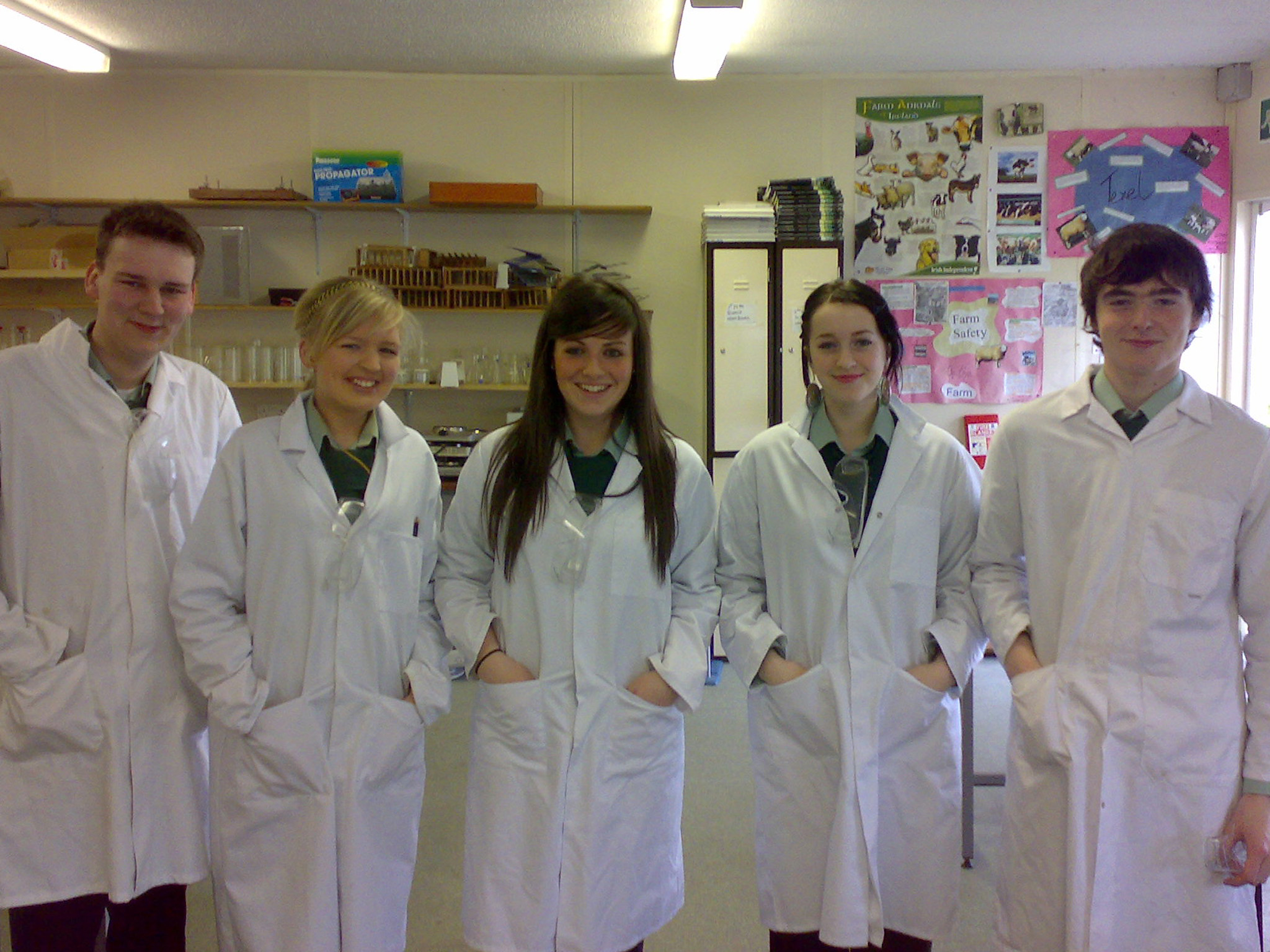All students should watch the following video, in full, in order to appreciate chemistry and chemical reactions.
AIMS OF THE SYLLABUS
The aims of the chemistry syllabus are:
- To stimulate and sustain students’ interest in, and enjoyment of, chemistry.
- To provide a relevant course for those students who will complete their study of chemistry at this level.
- To provide a foundation course in chemistry for those students who will continue their studies in chemistry or in related subjects.
- To encourage an appreciation of the scientific, social, economic, environmental and technological aspects of chemistry and an understanding of the historical development of chemistry.
- To illustrate generally how humanity has benefited from the study and practice of chemistry.
- To develop an appreciation of scientific method and rational thought.
- To develop skills in laboratory procedures and techniques, carried out with due regard for safety, together with the ability to assess the uses and limitations of these procedures.
- To develop skills of observation, analysis, evaluation, communication and problemsolving.
This page will be updated on a regular basis with revision notes, homework assignments, sample answers, students work and mandatory experiment write ups. Please check regularly for updates.
Some sample answers can be found below:
Experiment Questions 1, 2, and 3:
HISTORY OF THE ATOM
This video below is 'The Atom Song' and is an excellent resource for Leaving Cert Chemistry students in order to revise the contributions made by scientists to the discovery of wwhat we know about the atom today.
CHEMISTRY STUDENTS
Below is a photo of students in 5th Year Chemistry in MCC carrying out an experiment: L to R: Daniel, Lauren, Emma, Enya and Conor.

EXPERIMENT REVISION NOTES
Please find below some revision notes on the mandatory experiments for leaving cert Chemistry:
UNIT 1:
Exp. 1.1 Flame tests (Li, Na, K, Ba, Sr, Cu)
Exp. 1.2 Investigation of (a) Redox reactions of the halogens (b) Displacement reactions of metals
UNIT 2:
Exp. 2.1 Qualitative tests for the anions
UNIT 3:
Exp 3.1 Estimation of the relative molecular mass, Mr, of a
volatile liquid
UNIT 4:
Exp 4.1 Preparation of a standard solution of
sodium carbonate
Exp. 4.2 Standardisation of a hydrochloric
acid solution using a standard
solution of sodium carbonate
Exp. 4.2 (a) A hydrochloric acid/sodium hydroxide titration and
the use of this titration in making the salt sodium
chloride
Exp. 4.3 Determination of the concentration of
ethanoic acid in vinegar
Exp. 4.4 Determination of the amount of water of
crystallisation in hydrated sodium carbonate
Exp. 4.5 A potassium manganate(VII)/ammonium
iron(II) sulfate titration
Exp. 4.6 Estimation of Iron (II) in an iron tablet by
using a standard solution of potassium
manganate (VII)
Exp. 4.7 An iodine / thiosulfate titration
Exp. 4.8 Determination of the percentage (w/v) of
hypochlorite in bleach
UNIT 5:
Exp. 5.1 Determination of the heat of reaction of
hydrochloric acid with sodium hydroxide
Exp. 5.2 Preparation and properties of ethyne
UNIT 6:
UNIT 7:
Exp. 7.1 Recrystallisation of benzoic acid and
determination of its melting point
Exp. 7.3 Preparation and properties of ethene
Exp. 7.4 Preparation of ethanal and some of its properties
Exp. 7.5 Preparation of ethanoic acid and an
investigation of some of its properties
Exp. 7.6 The extraction of clove oil from cloves by
steam distillation
UNIT 8:
Exp. 8.1 Simple experiments to illustrate Le Chatelier's Principle
UNIT 9:
Exp. 9.1 Determination of free chlorine in swimming pool water or bleach using a colorimeter
Exp. 9.3 Estimation of the total hardness of a water sample using edta
Exp. 9.4 Estimation of dissolved oxygen (D.O.) by redox titration